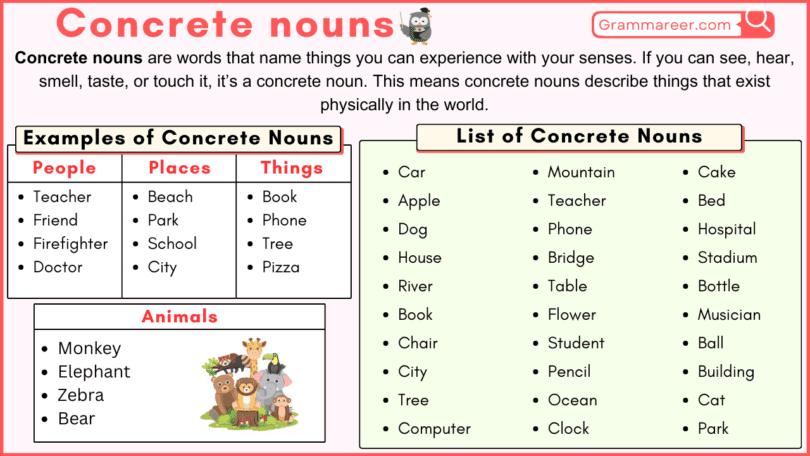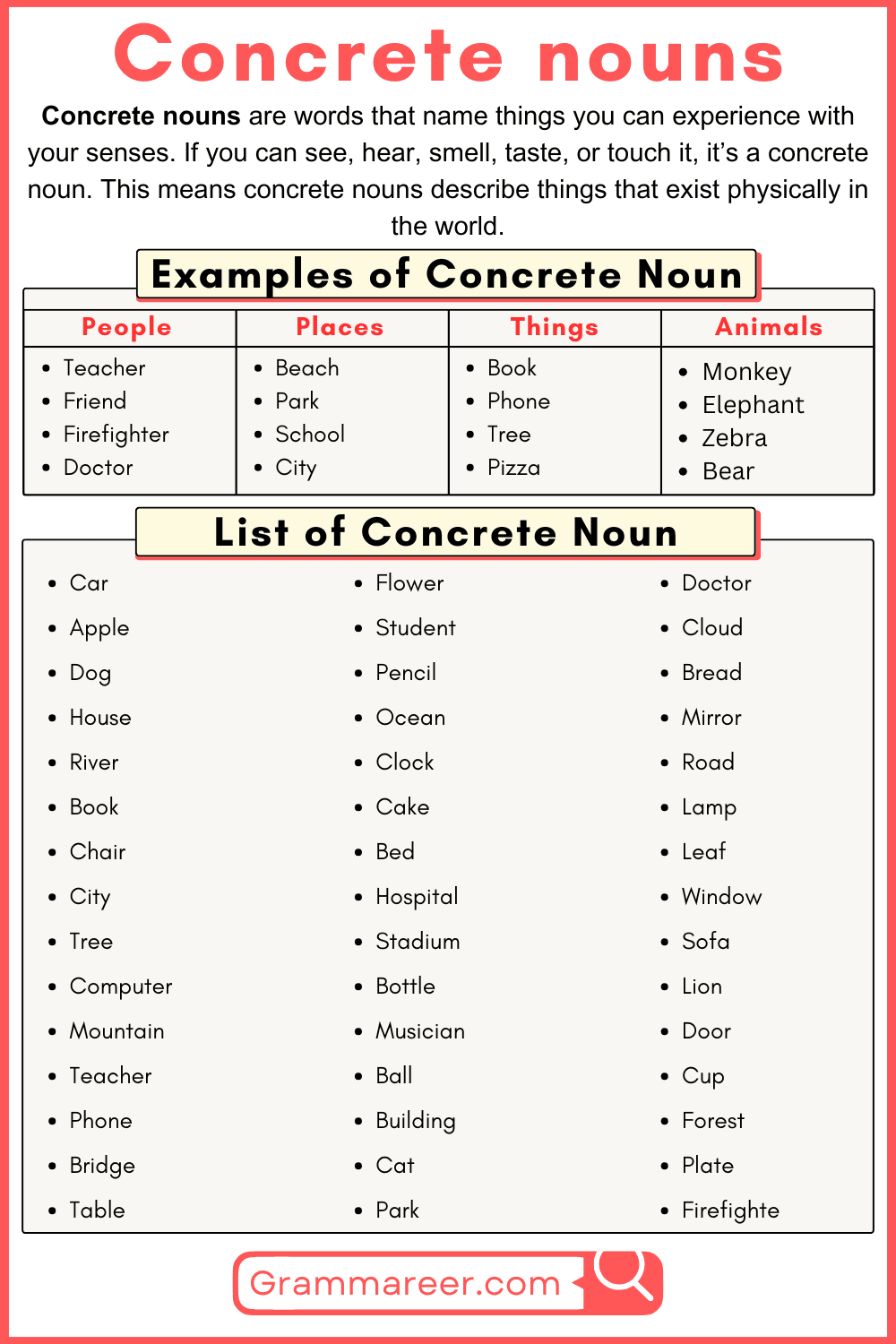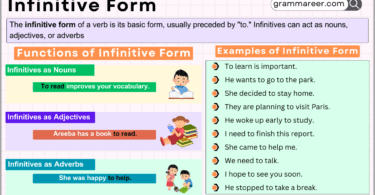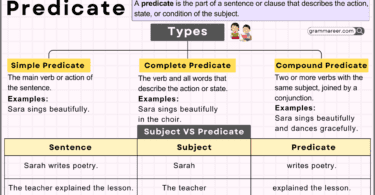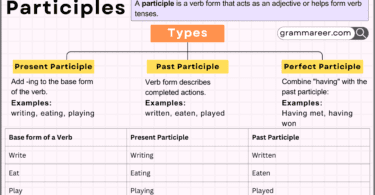Concrete nouns are essential in understanding language as they name things we can experience with our senses—things we can see, touch, hear, smell, or taste. These nouns help us identify physical objects in the world, making language more grounded and relatable. Here’s an in-depth look at what concrete nouns are, how they differ from abstract nouns, and how you can use them in sentences.
Table of Contents
What Is a Concrete Noun?
A concrete noun refers to anything that has a physical presence, something we can perceive through our senses. Unlike abstract nouns, which represent ideas or qualities (like happiness or freedom), concrete nouns are tangible and exist in the physical world. For example:
- Tree – something you can see and touch
- Dog – something you can see, touch, and hear
- Perfume – something you can smell
Using them in sentences makes your writing more specific and visual, allowing readers to connect easily with the content.
Examples of Concrete Nouns
To understand concrete nouns better, here are some examples across different categories:
| Category | Examples |
|---|---|
| People | Teacher, firefighter, doctor, musician, student |
| Animals | Dog, cat, elephant, lion, dolphin |
| Places | Park, school, library, city, mountain |
| Objects | Chair, computer, phone, book, car |
| Food | Apple, pizza, bread, salad, ice cream |
| Nature | Tree, river, flower, ocean, rock |
| Buildings | House, hospital, museum, skyscraper, stadium |
| Body Parts | Hand, eye, leg, nose, heart |
List of Concrete Nouns
- Car
- Apple
- Dog
- House
- River
- Book
- Chair
- City
- Tree
- Computer
- Mountain
- Teacher
- Phone
- Bridge
- Table
- Flower
- Student
- Pencil
- Ocean
- Clock
- Cake
- Bed
- Hospital
- Stadium
- Bottle
- Musician
- Ball
- Building
- Cat
- Park
- Doctor
- Cloud
- Bread
- Mirror
- Road
- Lamp
- Leaf
- Window
- Sofa
- Lion
- Door
- Cup
- Forest
- Plate
- Firefighter
- Library
- Rock
- Grass
- Backpack
- Beach
How to Use Concrete Nouns in Sentences
Concrete nouns are words that name things you can see, hear, smell, taste, or touch. They help make your writing clearer and more interesting. Here are some simple tips on how to use them in sentences:
Choose the Right Concrete Noun
Start by thinking about what you want to describe. For example, if you are talking about something you eat, you might use concrete nouns like apple, pizza, or ice cream.
- I ate an apple for lunch.
Add Details with Descriptive Words
You can make your sentence more interesting by adding adjectives (descriptive words) before the concrete noun. This helps to paint a picture in the reader’s mind.
- I ate a juicy apple for lunch.
Use Concrete Nouns to Describe Places and Objects
They can describe things you see around you, like park, car, book, or teacher.
- The teacher is explaining the lesson.
- I went to the park with my friends.
Keep It Simple and Clear
When using concrete nouns in sentences, make sure the sentence is clear and easy to understand. Use simple words that are easy to picture.
- The dog is barking loudly.
Combine Concrete Nouns with Verbs
Combine concrete nouns with verbs to show action. This makes sentences complete and clear.
- The bird flies in the sky.
- The car moves down the road.
Differences Between Concrete and Abstract Nouns
| Feature | Concrete Nouns | Abstract Nouns |
|---|---|---|
| Definition | Names of things that we can see, touch, hear, smell, or taste | Names of ideas, qualities, emotions, or states that we cannot physically perceive |
| Examples | Book, apple, dog, city, flower | Love, freedom, happiness, courage, kindness |
| Senses | Can be experienced through one or more of the five senses | Cannot be experienced through any of the five senses |
| Usage in Sentences | Describe specific, tangible objects or places | Describe concepts, feelings, or ideas |
| Type of Noun | Often specific and countable (e.g., “a car,” “an apple”) | Often general and uncountable (e.g., “honesty,” “joy”) |
| Imagery | Creates a clear, physical image in the reader’s mind | Invokes thought or emotion without a physical image |
Read More

